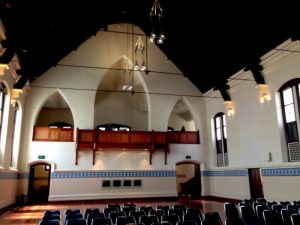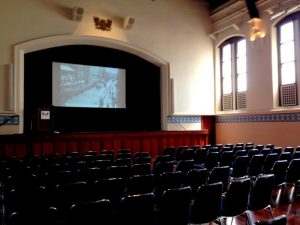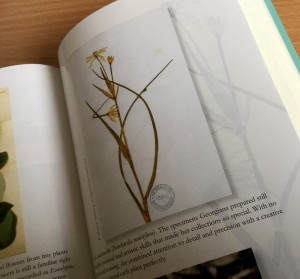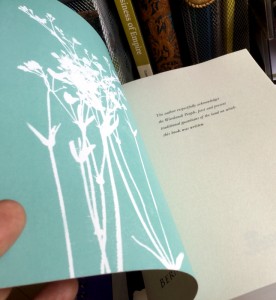Learning to write
In a blog about writing and being a writer, it’s well past the time for saying something about READING and being a reader. It must be thirty years since I first heard the phrase ‘the reader within the writer’ and I used it often as a teacher of writing but it began to feel like such a simple, obvious concept that it eventually dropped off my radar, replaced by other, newer ideas.
In the last year, as I struggled with writing in an unfamiliar genre, managing the voice of an 18th century male protagonist, I found myself to be the learner once again. I examined every paragraph, every line, every word and tried to work out what works and what doesn’t. What’s good and needs to stay just as it is? What’s okay but needs different words or a different sentence shape? What’s awful, too repetitive, too weighty, too light, too obscure, too detailed? There are writerly decisions to be made with every tap of the finger on keyboard. Deciding what to say next and how, which words to use and how to shape them into chunks of meaning, all that affects not just the content of my plot but also the style of the whole manuscript, the pace of it, the mood and colour of it, the things that are left with a reader long after they’ve finished reading.
So, I’ve been learning again in a big way, learning more about writing and trying to understand what makes really good writing so good. What I’ve found – and I know it’s just a personal thing, this – is that if I can’t work out, at least in a simple way, why something I’ve read is really good, I don’t stand a chance of writing something that good myself. I don’t believe that the best writing happens by accident. At least, not the kind of books I enjoy as a reader. When the words demand to be re-read and read aloud, when I want to lay down in the words and breathe them in, I usually have the feeling I’m enjoying the results of an author’s hard work, their time and effort and skill and not just the quick’n’easy out-churning of their talent.
I realise now, more than ever, that it’s the reader in me who sits and tap-tap-taps every day at my desk. I admit now that I try to write what I’d like to read. Over and over again, I read what I’ve just written out loud to ‘hear how it reads’ and I find it’s the best way to spot the stumbles and repetitions and weak bits. With every word, I have to satisfy me, the reader.
When I feel really stuck, I sit down and read for a few minutes. I pick up a book that I love as a reader and remind myself what good writing looks and feels and sounds like. Last year, my go-to Good Book was Lucy Treloar’s wonderful ‘Salt Creek’, a place where I soaked up the very best of dialogue, description and action. Sometimes it was a reminder about the effect on me – as a reader – of the juxtaposition of long and short sentences, the way Lucy created a reading rhythm. Sometimes it was a lesson in how to develop character, lightly and unobtrusively by weaving thoughts, memories and feelings into narration. And more…
There have been many other great books for me since I’ve been working on my own manuscripts and I discover new things about writing from all of them. There will always be something to learn. In the last few months, I’ve been excited by authors who do different, surprising things with historical stories. Books I’ve read lately, like Sara Schmidt’s ‘See What I Have Done’, make me want to shove myself out of the comfort zone and write in braver ways. I’m just finishing the research for something new, something that I guess will take me to the end of 2017 at least, and I’m planning to try something that, for me, will feel really different. I know it won’t be easy and I’ll need to choose a couple of good books to sit on my desk, sustenance for the many moments of frustration and despair. One thing’s for sure, the more I read, the better I’ll write.


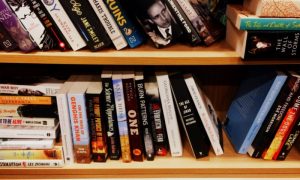
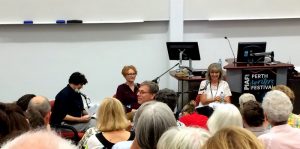

 St Bartholomew’s, East Perth
St Bartholomew’s, East Perth